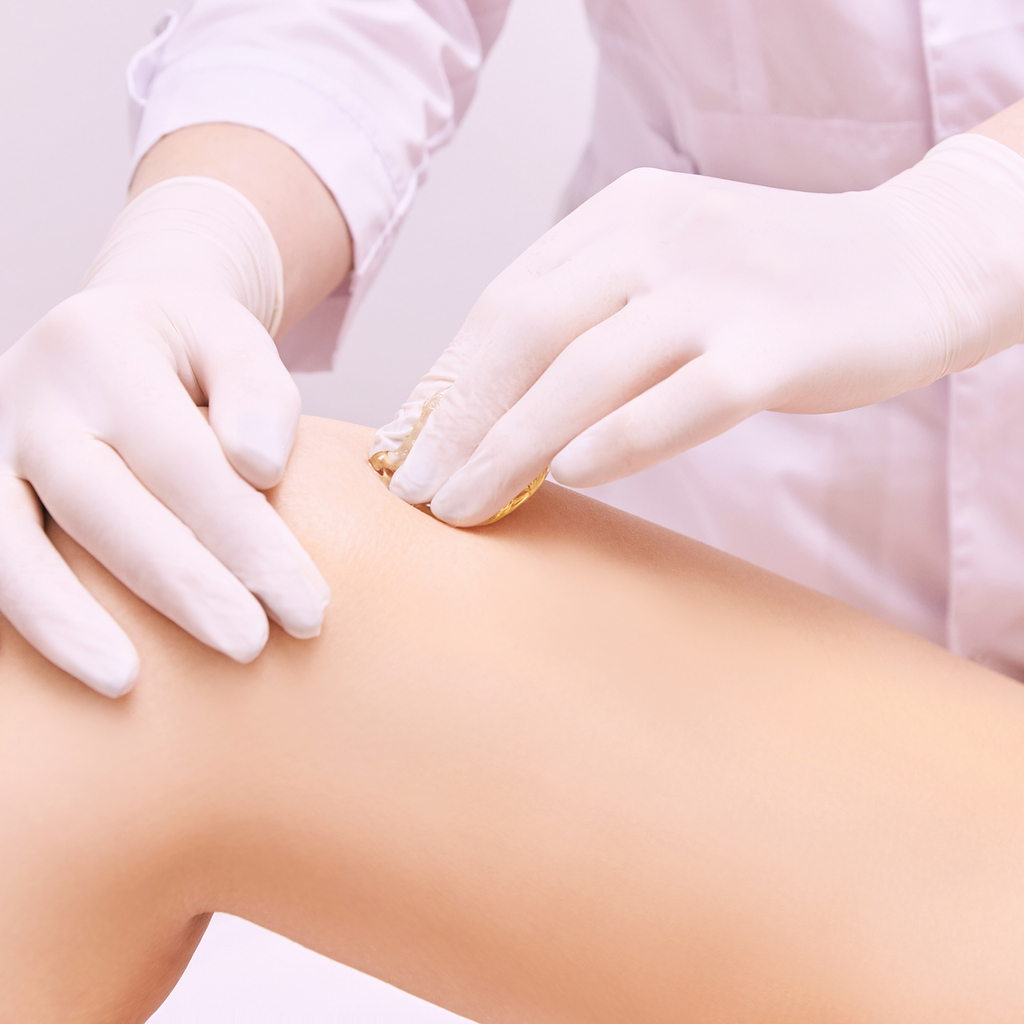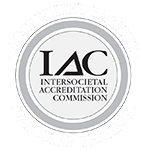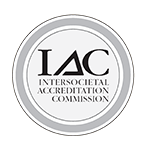
Varicose veins are abnormal, dilated branches of the main veins in your legs. These are generally on the skin surface or just under it. Varicose veins develop when valves in your legs fail, allowing blood to pool and causing veins to stretch and bulge.
Varicose veins are a combination of cosmetic and physical issues that can both affect your self-esteem and your health. Knowing about the various treatment options along with the pros and cons of each can help you get on the road to better looking and feeling legs.
As always, we are here at The Cardiovascular Care Group to help you achieve your personal health goals. Now, let’s review some of the different ways you can manage varicose veins:
Compression Stockings
If the reason for your leg discomfort is related to varicose veins, relief can sometimes be found in the form of a good pair of compression socks. It’s good to become familiar with these stockings because for certain vein treatments like ablation and phlebectomies, insurance companies may want you to wear compression stockings for at least 3 months to see if they have a beneficial effect on your symptoms. However, we have found some insurance companies will eliminate the 3-month test period for patients with ulcers and/or bleeding veins.
Compression stockings put pressure on your leg veins that help to push blood back toward your heart. Your doctor may recommend wearing them during the day and removing them at night.
Compression stockings are tighter by the ankles, then become less constrictive toward the knees and thighs. The stockings are elastic, so they conform to your legs and gently pressure your limbs. You generally need a prescription for medical-grade stockings, but over-the-counter compression stockings are also available in most pharmacies.
Self-Care Varicose Vein Treatments
You can follow several at-home self-care treatments to get some relief from varicose vein symptoms and prevent them from getting worse.
Self-care measures include:
- Elevate your legs when resting. Raise your legs above the level of your heart as often as you can. Prop them up on pillows, lie flat and put a pillow under your ankles and feet.
- Exercise regularly. Regular exercise helps promote healthy blood circulation in your legs. Walking is an excellent choice for people with varicose veins because it's easy to do and doesn't stress your joints or veins. Avoid exercising in hot weather or when it's very humid outside, and avoid standing still for long periods.
- Lose weight if you're overweight. Losing weight will help lessen the pressure on your veins.
Treatments and Surgeries
If the “at-home” treatments are not providing the intended results you are looking for, medical intervention is the next step. It's essential to schedule a consultation with your doctor before deciding on a specific treatment. They will be able to work with you to determine what plan is best for your unique needs.
Sometimes, it may make sense to seek a second opinion, particularly if you have concerns about the treatment plan you received. Many times, we hear from patients that they were told they will need multiple laser ablation procedures when that is simply not the case.
Below is some information about each of these procedures followed by a chart indicating various factors from cost to recovery:
Laser Therapy: Laser therapy uses an intense light beam to close the affected vein while ensuring not to damage surrounding tissue. It causes the vein to disappear gradually over time. It’s ideal for smaller veins on or around the face or breast.
Sclerotherapy: In this procedure, a solution gets injected into the affected vein, which irritates the vessel's lining and causes it to collapse. The body then naturally breaks down and absorbs the vein over time.
Endovenous Laser or Radiofrequency Ablation: In this procedure, a small catheter gets inserted into the affected vein using ultrasound guidance. The catheter delivers heat energy along the length of the vein, which damages its lining and causes it to collapse and seal.
Ligation and Stripping: The doctor ties off the vein before removing it. The surgeon makes an incision behind the knee or the groin. From there, they make a small incision above the varicose vein and the surgeon threads a thin wire into the vein and ties it off. Then, they pull the wire through to remove the vein altogether.
Phlebectomy: This is a procedure in which the doctor removes large or medium-sized protruding varicose veins through tiny incisions. It is generally used for veins that are too large for sclerotherapy or laser treatment.
Varithena: Used to treat venous reflux disease, often the underlying cause of painful varicose veins. It uses a microfoam that helps to boost the creation of clots and damaged tissue caused by particular forms of veins.
VenaSeal: A newer procedure used to treat venous insufficiency, where a specially formulated medical adhesive is used to seal or close the diseased vein, rerouting blood to nearby healthy veins.
Varicose Veins Treatment Comparisons
|
TREATMENT |
PREP |
COST |
INSURANCE |
RECOVERY |
|
COMPRESSION SOCKS |
Consult with Physician to choose compression level (mild, moderate, firm) |
Low |
N/A |
Remove at night |
|
SELF-CARE |
Choose appropriate diet/exercise plans |
Low-to-Medium (dependent upon diet and exercise programs) |
N/A |
N/A |
|
LASER THERAPY |
Doctor consultation, topical anesthetic |
Medium-to-High |
Generally, not covered |
Same-day, minimally-invasive procedure. May require several visits. Avoid initial sun exposure. |
|
SCLEROTHERAPY |
Doctor consultation, topical anesthetic |
Medium |
Generally, not covered |
Same-day, minimally-invasive procedure. May require several visits. May be advised to wear compression stockings or bandage wrap for a few days.. |
|
VEIN ABLATIONS |
Doctor consultation, Local anesthetic |
High |
Covered |
The procedure takes approximately 30 minutes. A dressing is placed over the incision site, then compression stockings for several days. Activities limited first few days. OTC anti-inflammatories and/or pain relievers, as necessary. |
|
VEIN STRIPPING |
Doctor consultation, General anesthesia |
High |
Covered |
The procedure takes about 60-90 minutes. The cuts are closed with stitches, also called sutures. Pain medicine typically prescribed. Return to normal activity in 2-4 weeks. |
|
PHLEBECTOMY |
Doctor consultation, Local anesthetic |
High |
Covered |
Treatment takes about 1 hour. May need compression stockings. Avoid soaking your treated legs in baths or hot tubs until you are done wearing the compression stockings. It is normal to have some minor bruising after the procedure. This commonly goes away completely by 3 to 4 weeks. |
|
VARITHENA |
Doctor consultation, local anesthetic |
Medium |
Covered by Medicare and most insurance plans |
Minimally-invasive. Same-day procedure. Avoid strenuous exercises for 1-2 weeks. Compression stockings worn for 2 weeks.
|
|
VENASEAL |
Doctor consultation, local anesthetic |
Medium |
Covered by Medicare and most insurance plans |
Minimally-invasive. Same-day procedure. Avoid strenuous exercises for 1-2 weeks. Compression stockings worn for 2 weeks.
|
Conclusion
It's helpful to learn about the available treatments. While all of these treatments have the same goal in mind, some may be more or less effective depending on your particular situation, so it’s important you work with one of our board-certified vascular doctors to ensure that you understand the risks and benefits. You may also decide that non-surgical treatments are appropriate for you.
You deserve to look and feel your best. Schedule an appointment today with our vascular specialists.








